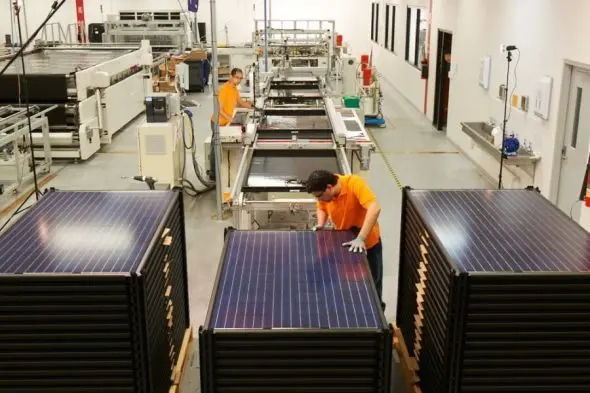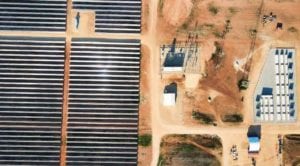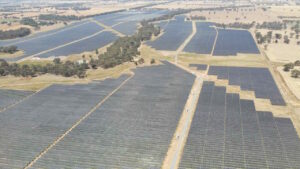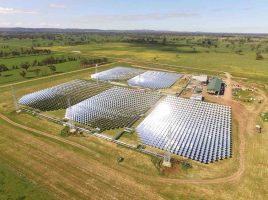Australia’s only solar maker, Tindo Solar, has named its new CEO as Richard Petterson, to take the helm at the Adelaide-based company as it ramps up manufacturing and expands its PV offerings.
Petterson takes up the role at Tindo the start of 2023, following the departure of Shane Jaenisch, who is stepping down at the end of the year after five years as CEO.
Petterson has worked in the manufacturing sector and the water utility sector, including experience with overseeing the commissioning and operation of the Adelaide Desalination Plant.
“My background in water utilities has taught me that natural resources can be responsibly used for the benefit of communities, and that the needs of people must be balanced with a sustainable natural environment,” Petterson says.
“I’m proud to assume this role at a business which gives people the practical tools to create clean energy.
“It’s a trusted brand with a premium Australian-made product and I’m committed to ensuring that Tindo Solar grows as an integral part of the national energy transition.”
Tindo Solar director, Glenn Morelli, says Petterson brings valuable experience and expertise across government, private and SME sectors.
“Richard understands the needs of multiple stakeholders as we focus on growth, and we’re lucky to have him as our CEO,” says Morelli.
Petterson comes on board at Tindo as the company embarks on a collaboration with the University of NSW to develop an Australian made agrivoltaic solar line.
The two organisations revealed in October that they would develop a commercially viable semi-transparent solar module that could be used in farming, either ground-mounted in fields or integrated with greenhouses.
The partnership will focus on breakthrough technology from UNSW’s School of Photovoltaic and Renewable Energy Engineering (SPREE) that allows some colours of the light spectrum to pass through a solar panel, while others are captured by the cells.
This allows the solar cells to generate power from a larger area of the panel, while also allowing sunlight through to promote plant growth.
The technology is expected to generate a 20% higher power-conversion efficiency from the panel than is achieved by the more commonly used spaced, “shaded” agrivoltaic technique.
UNSW Associate Professor, Ziv Hameiri, says the technology is at a stage where it could be engineered into a commercially viable format.
“We’re lucky to have a high-quality solar panel manufacturer in Australia, who is keen to partner in developing this product,” said Dr Hameiri.
“There is a massive demand for an unshaded agriPV solar panel, not only in Australia but all over the world.
“Having Tindo as a partner allows tuning the system to the needs of the Australian farmers, aiming to address both the food and energy challenges.”










